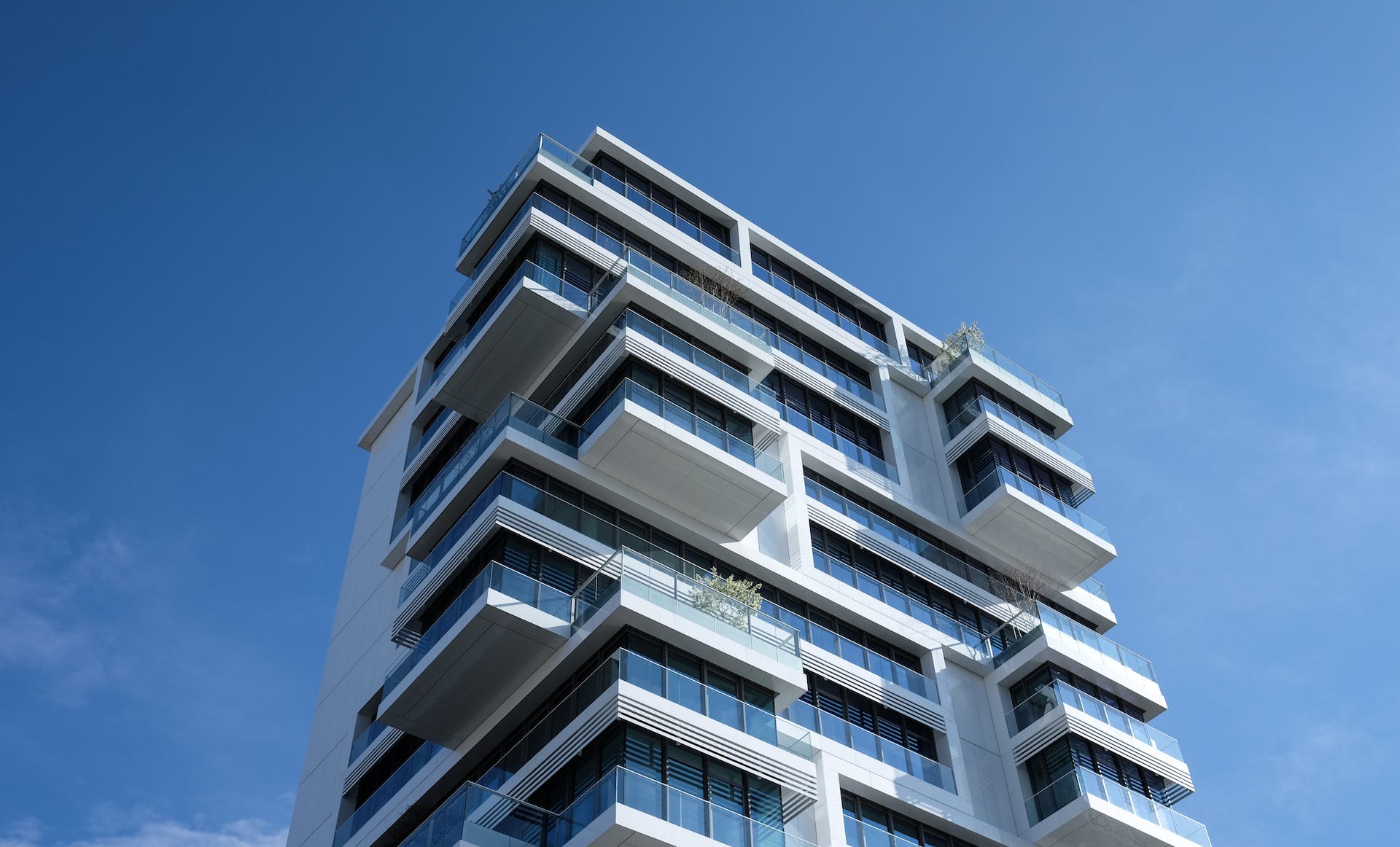Climate change and the need for energy efficiency have become critical issues in today’s world. In the building industry, green construction is no longer just a trend, but a necessity. This means that there is a significant push for the implementation of sustainable heating and cooling systems in large-scale real estate projects. We will explore several sustainable options that are not only environmentally-friendly but also cost-effective in the long run.
Harnessing the Power of Geothermal Energy
Geothermal energy is a renewable resource that comes from the heat stored within the earth. This type of energy has been around for years, but it’s increasingly becoming popular in large-scale real estate projects due to its efficiency and sustainability.
A lire aussi : What are the key considerations for developing real estate in areas with high tourism potential?
Geothermal heating and cooling systems work by transferring heat to and from the ground, using a system of underground pipes filled with water or refrigerant. During the summer, the system removes heat from the building and transfers it to the earth. Conversely, in the winter, the system extracts heat from the ground and uses it to heat the building.
This type of system has many advantages. Firstly, it’s incredibly energy efficient – geothermal systems can reduce energy consumption by up to 60% compared to traditional HVAC systems. In addition, it has lower maintenance costs, and is quieter and more reliable. It also reduces carbon emissions significantly, contributing to a healthier environment.
Avez-vous vu cela : What are the emerging trends in the use of sustainable materials in real estate construction?
The initial investment for a geothermal system can be higher than conventional systems, but the long-term benefits and cost savings make it a viable choice for real estate developers.
Embracing Solar Heating and Cooling Technologies
Solar energy is perhaps the most well-known type of renewable energy and it’s an excellent choice for sustainable heating and cooling. Utilizing the sun’s energy to heat and cool buildings is not only environmentally-friendly, but it also saves on energy costs.
Solar thermal systems collect heat from the sun and use it to heat water or air for space heating, hot water, and even cooling purposes. Solar air conditioning, for example, employs solar thermal collectors that capture and convert sunlight into thermal energy. This thermal energy then powers the cooling system, replacing or augmenting electricity as the energy source.
Solar heating and cooling systems have the potential to substantially reduce greenhouse gas emissions and energy consumption. These systems also offer long-term financial benefits as the cost of solar panels and installation continues to decrease.
Investigating the Potential of Air Source Heat Pumps
Air source heat pumps are another excellent example of sustainable heating and cooling solutions suitable for large-scale real estate projects. These systems are highly efficient and can provide heating, cooling, and hot water.
An air source heat pump extracts heat from the outdoor air, even in cold weather. It then compresses the heat to a higher temperature and distributes it throughout the building. In the summer, the process is reversed to cool the building.
Air source heat pumps can reduce carbon emissions by up to 50% compared to conventional heating systems, making them a fantastic choice for real estate projects aimed at reducing their carbon footprint. Moreover, they are remarkably efficient, reducing energy consumption and saving costs in the long run.
Exploring the Role of Energy-Efficient HVAC Systems
Heating, Ventilation, and Air Conditioning (HVAC) systems are crucial in ensuring the comfort of occupants in a building. However, traditional HVAC systems can consume a significant amount of energy, leading to high costs and excessive carbon emissions.
Energy-efficient HVAC systems, on the other hand, use advanced technology and design to reduce energy consumption and environmental impact while still providing high-quality heating, cooling, and ventilation.
These systems may include features such as energy recovery ventilation systems that recover energy from exhaust air, high-efficiency filters that reduce energy demand, and programmable thermostats that optimize heating and cooling schedules for energy savings.
Utilizing Water-Side Economizers for Cooling
Water-side economizers are another sustainable solution for cooling in large-scale real estate projects. These systems use the cool outdoor air to chill water, which is then used to cool the building, reducing the need for mechanical cooling.
This system is particularly effective in climates with cooler nighttime temperatures or during cooler seasons, as it can significantly reduce the need for air conditioning. By harnessing the power of nature to cool buildings, water-side economizers can save energy, reduce operating costs, and contribute to a more sustainable future.
In conclusion, implementing sustainable heating and cooling solutions in large-scale real estate projects is a practical move towards energy efficiency. By considering these various solutions, developers can not only reduce energy costs and carbon emissions but also contribute to a healthier, more sustainable planet.
The Benefits of District Heating and Cooling Systems
Another sustainable heating and cooling solution for large-scale real estate projects is district heating and cooling systems. District heating and cooling is an efficient way to provide heat and air conditioning to multiple buildings in a defined area, such as a city block or a group of commercial buildings.
This system operates by producing steam, hot water, or chilled water at a central plant, which is then distributed to the connected buildings through a network of insulated pipes. The heat can be generated from various renewable sources including geothermal power, solar energy, or surplus heat from power plants.
One major advantage of district heating and cooling systems is their high level of energy efficiency. By centralizing the production of heat and cool air, these systems can achieve economies of scale, leading to lower energy consumption and cost savings. Furthermore, they allow for a more flexible and optimal use of various energy sources, which can significantly reduce carbon emissions.
District heating and cooling systems require substantial initial investment for the infrastructure. However, the long-term benefits in terms of energy efficiency, reduced carbon emissions, and cost savings make it a promising alternative for large-scale real estate projects.
The Future of Cooling: Liquid Desiccant Systems
In the quest for sustainable cooling solutions, liquid desiccant systems have emerged as an innovative and promising technology. Unlike traditional air conditioning systems that rely on refrigerants to cool air, liquid desiccant systems use a salt solution to remove humidity from the air, thereby reducing the need for energy-intensive cooling.
Liquid desiccant systems are particularly effective in humid climates, where they can significantly reduce energy consumption by focusing on dehumidification rather than cooling. Additionally, they use non-toxic, environmentally friendly desiccants and do not produce harmful greenhouse gas emissions.
While this technology is still relatively new in the market, it has shown great potential in commercial buildings where the need for dehumidification is high. As the technology advances and becomes more widely available, it could become a key part of sustainable cooling solutions in large-scale real estate projects.
Conclusion
The transition towards sustainable heating and cooling solutions in large-scale real estate projects is not merely a trend, but a necessity given the ongoing climate change and the urgent need for energy efficiency. The technologies discussed here – geothermal systems, solar heating and cooling, air source heat pumps, energy-efficient HVAC systems, water-side economizers, district heating and cooling systems, and liquid desiccant systems – offer viable paths towards this transition.
While the initial investments for these systems may be higher than traditional systems, the long-term benefits in terms of reduced energy consumption, cost savings, and lower carbon emissions make them a smart and sustainable choice. As real estate developers, we have a pivotal role to play in mitigating the effects of climate change by implementing these sustainable solutions in our projects. Let’s embrace these opportunities to create greener, more efficient buildings and contribute to a healthier, more sustainable planet.











